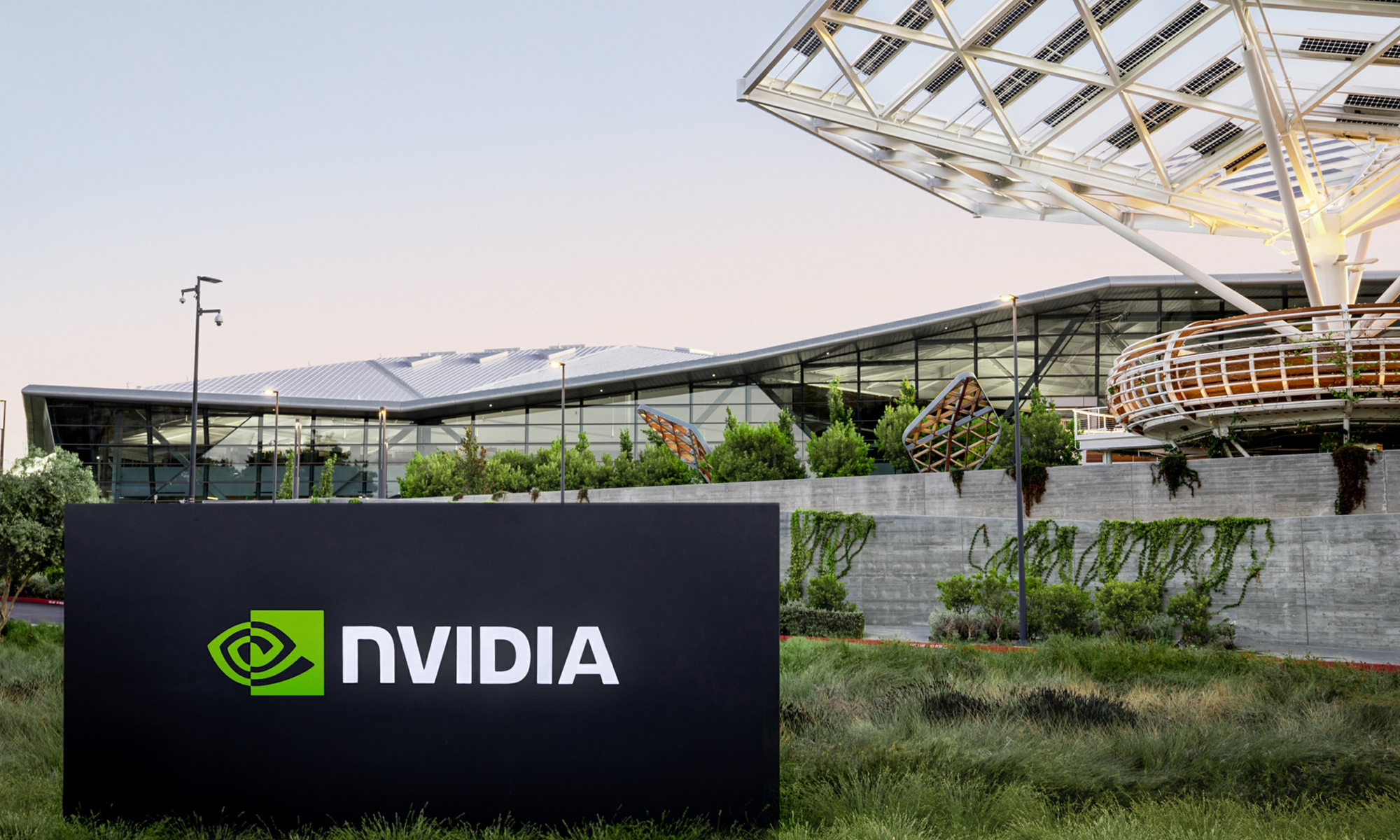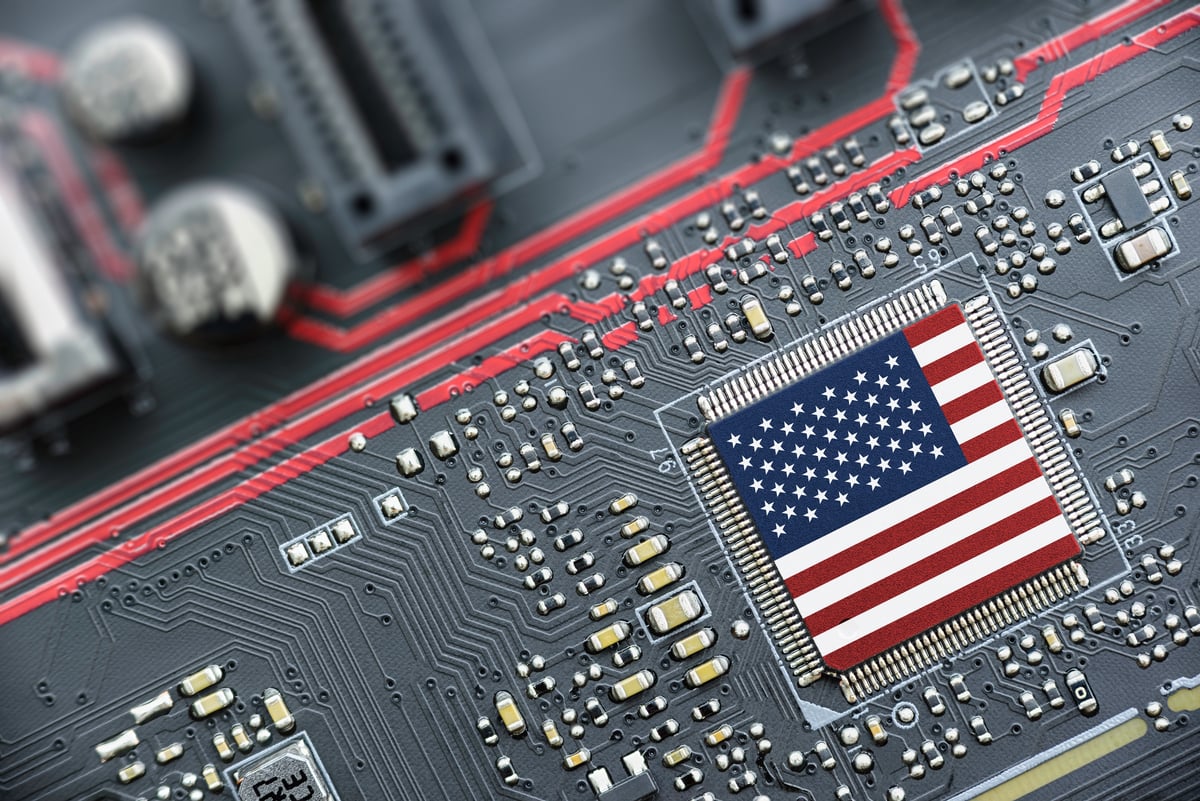Technology stocks are surging once again, especially artificial intelligence stocks. But don't think it's too late to buy in. The two AI stocks below have a very bright future. Despite their upfront premiums, rapid and sustained growth rates could deliver huge gains for patient shareholders.
This is still the No. 1 artificial intelligence stock
Every AI investor should own Nvidia (NVDA +1.87%). Nvidia's business model and savvy strategy have placed it at the center of the AI revolution, a position it will likely retain for many years to come.

NASDAQ: NVDA
Key Data Points
At the core of Nvidia's business model is its hardware for graphics processing units (GPUs). These GPUs power data centers around the world, which in turn power the training and execution of nearly every AI model. With a 90% market share for data center GPUs, it's safe to say that Nvidia dominates the market for GPUs related to AI applications.
The market simply can't get enough of Nvidia's components. Just take a look at Nvidia's gross profits and customer demand. Nvidia currently enjoys industry-leading gross margins of around 70%. GPU makers like Intel (INTC +0.64%), meanwhile, have gross profit margins of around 30%. Nvidia's new Blackwell architecture quickly sold out for 12 months following its release.
NVDA Revenue Growth Estimate for Current Fiscal Year data by YCharts
Nvidia stock isn't cheap with a price-to-sales ratio of 23. However, the AI market is expected to grow by more than 30% per year through 2033. Due to its high profitability, shares trade at just 45 times trailing earnings and just 33 times forward earnings. That's still a premium price. But the upfront premium should be more than justified over a long holding period.

Image source: Getty Images.
There's huge growth potential for this GPU stock
Compared to Nvidia, Intel has many flaws. The company made several ill-advised acquisitions over the past decade, and it failed to properly invest in both the hardware and software needs of the AI industry. The result is a stagnating business with relatively low levels of profitability. The trade-off for investors, however, is a rock-bottom valuation. If Intel can figure out how to turn things around in the long term, patient investors could make boatloads of money.
Let's break down the current situation in a little more detail. While Nvidia has a roughly 90% market share for data center GPUs, most estimates peg Intel with somewhere around a 1% market share. Ouch.

NASDAQ: INTC
Key Data Points
But here's the thing: Intel shares trade at just 1.6 times sales compared to Nvidia's premium valuation of 23 times sales. Intel's discounted valuation is warranted. It's less profitable, is posting significantly lower sales growth figures, and doesn't have a visible pathway to competing head-to-head with Nvidia over the next few years. But if you're willing to look far beyond the next few years, it's reasonable to expect Intel to make up some of the gap between itself and Nvidia.
Right now, Nvidia certainly has an edge on GPU performance. But its biggest competitive advantage is arguably its CUDA software platform, which locks developers into its hardware-software ecosystem. Eventually, however, the AI market will grow large enough to accommodate several niches. Intel could compete in segments of the AI industry that Nvidia ignores due to its small size. Intel could also compete aggressively on price, especially since Nvidia's chips are priced at a premium and frequently face supply shortages.
All in all, Intel faces a difficult road ahead. But with a rock-bottom valuation and minimal expectations, very patient investors can secure an attractive price for a speculative bet with plenty of risk, but also arguably more upside potential than Nvidia.






